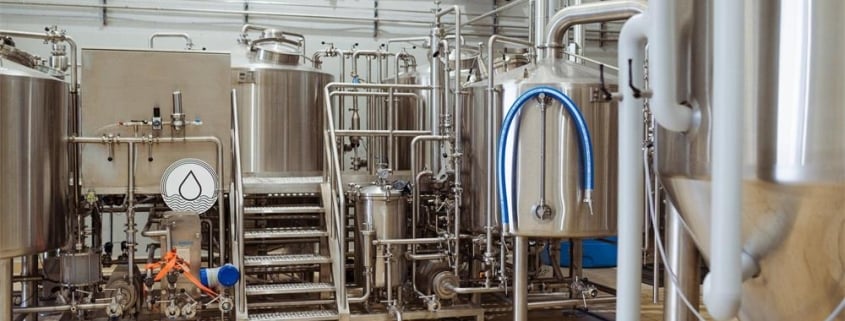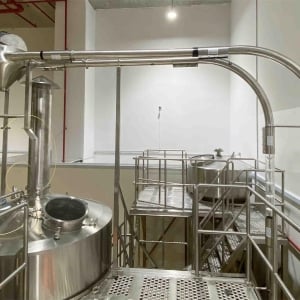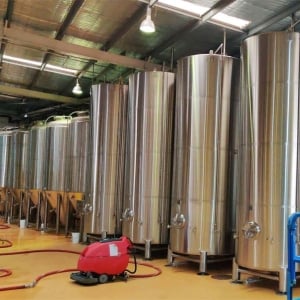best electric brewing system
best electric brewing system have revolutionized the homebrewing hobby, offering a convenient, precise, and safe way to craft delicious beer at home. Unlike traditional propane or stovetop setups, electric systems eliminate the need for open flames and potential fire hazards, making them ideal for indoor brewing.
This guide delves into the world of electric brewing systems, exploring their key features, functionalities, and benefits. We’ll also provide insights on choosing the ideal system for your needs, considering factors like batch size, budget, and desired level of automation.
best electric brewing system Overview
Electric brewing systems are all-in-one brewing units that combine the functionalities of a mash tun, kettle, and hot liquor tank into a single, electrically heated vessel. This streamlined design simplifies the brewing process, making it accessible to both novice and experienced brewers alike.
Here’s a breakdown of the typical components of an electric brewing system:
- Brew kettle: This is the main vessel where the grains are mashed, lautering (separation of wort from grains) occurs, and the wort is boiled.
- Heating element: An electric heating element integrated into the kettle provides precise temperature control throughout the brewing process.
- Digital controller: This user-friendly interface allows you to program and monitor brewing parameters like temperature, time, and pump activity.
- Pump: A pump facilitates the circulation of wort during mashing and lautering, ensuring even heat distribution and efficient extraction of sugars and flavors from the grains.
- Grain basket or filter: This removable component separates the grains from the wort during lautering.
Electric brewing systems offer numerous advantages over traditional brewing methods:
- Safety: Elimination of open flames minimizes the risk of fire hazards.
- Convenience: Streamlined design simplifies the brewing process, saving time and effort.
- Precision: Digital controls enable precise temperature control, leading to consistent and high-quality brews.
- Cleanliness: Easier to clean and maintain compared to traditional setups.
- Energy efficiency: Electric heating can be more energy-efficient than propane heating.
- Space-saving: Often more compact than traditional setups, making them ideal for smaller brewing spaces.
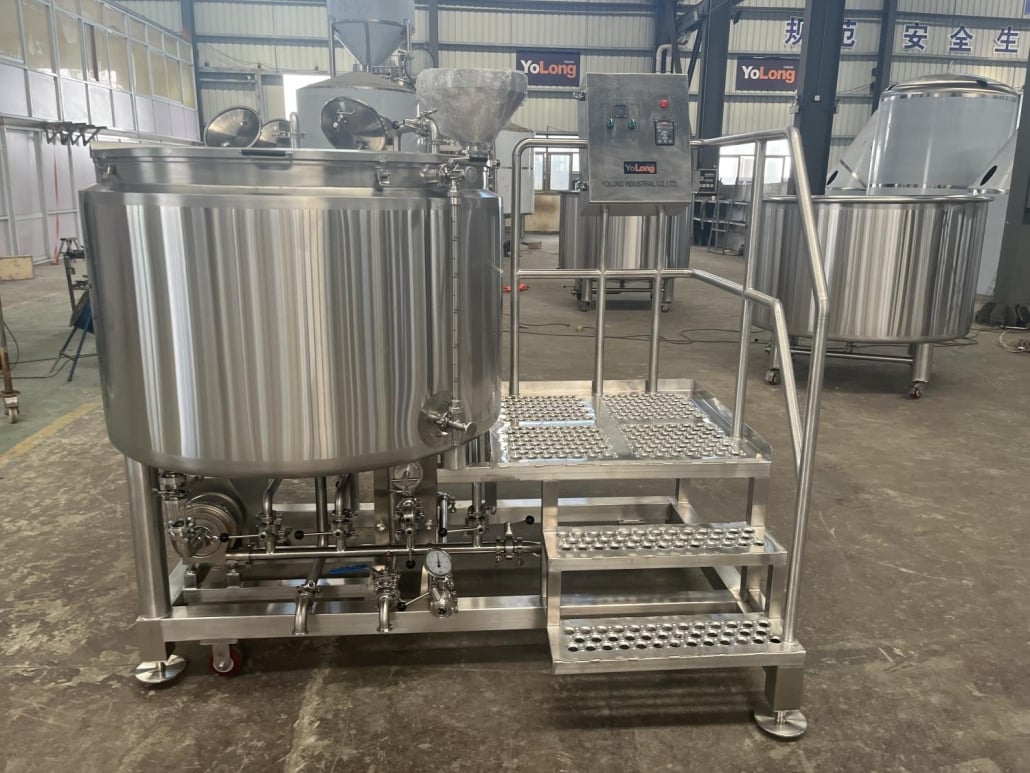
Features of Best Electric Brewing Systems
While various electric brewing systems are available, some key features differentiate the top contenders:
- Grain capacity: This refers to the amount of grain (in pounds) the system can handle in a single batch. Typical capacities range from 3 to 15 gallons, catering to brewers with diverse batch size preferences.
- Power: Measured in watts, the system’s power determines how quickly it can heat up and maintain desired temperatures. Higher wattage systems are generally faster and more efficient, especially for larger batches.
- Temperature control: Precise temperature control is crucial for different brewing stages, affecting factors like enzyme activity and hop utilization. Look for systems with accurate and easy-to-use temperature controls.
- Automation features: Some systems offer advanced automation features like automatic mash profiles, timers, and hop additions, further simplifying the brewing process.
- Build quality: Opt for systems constructed from durable and sanitary materials like stainless steel for longevity and ease of cleaning.
- Ease of use: Consider the system’s user interface and overall design complexity. Intuitive controls and clear instructions are essential for a smooth brewing experience, especially for beginners.
- Warranty: A longer warranty period indicates the manufacturer’s confidence in the product’s quality and durability.
Choosing the Right Electric Brewing System: A Guide
Selecting the ideal electric brewing system requires careful consideration of your individual needs and preferences. Here are some key factors to ponder:
- Batch size: Determine your desired batch size and choose a system that can comfortably accommodate it. Consider potential future brewing needs as well.
- Budget: Electric brewing systems range in price from around $200 to $1,500 or more. Set a realistic budget and prioritize features that matter most to you.
- Experience level: If you’re new to brewing, a simpler system with basic features might be more suitable. As you gain experience, you can explore more advanced features and functionalities.
- Available space: Measure your designated brewing area and ensure the chosen system fits comfortably. Consider portability if space is limited.
- Desired level of automation: Decide how much automation you prefer. While some brewers enjoy the hands-on experience, others might favor systems with pre-programmed settings and automatic controls.
Electric Brewing System Comparison Chart
| Feature | Key Considerations |
|---|---|
| Grain capacity | 3 to 15 gallons |
| Power | Higher wattage for faster heating and larger batches |
| Temperature control | Accuracy, ease of use |
| Automation features | Automatic mash profiles |
| Automation features | Timers, hop additions, cleaning cycles |
| Build quality | Durable, sanitary materials like stainless steel |
| Ease of use | Intuitive controls, clear instructions |
| Warranty | Longer warranty indicates manufacturer confidence |
Additional factors to consider:
- Community and support: Choose a system with a supportive community of users and readily available customer service from the manufacturer.
- Aesthetics: While not the most critical factor, consider the system’s overall design and visual appeal if it matters to you.
Popular Electric Brewing Systems
Here’s a glimpse into some of the popular electric brewing systems in the market, categorized based on their target audience:
Beginner-friendly systems:
- Brewzilla 3.1.1: This system offers a user-friendly interface, intuitive controls, and a 5-gallon capacity, making it ideal for beginners.
- Klarstein Maischfest: Another budget-friendly option with a 5-gallon capacity, featuring a simple design and basic functionalities suitable for new brewers.
Intermediate systems:
- Grainfather G30: This 7.5-gallon system boasts precise temperature control, a built-in pump, and a user-friendly digital interface, catering to both beginners and intermediate brewers.
- Robobrew BrewZilla V3: A 10-gallon system with advanced features like automatic mash profiles and a pump, offering greater control and flexibility for intermediate brewers.
Advanced systems:
- Speidel Braumeister: This feature-rich system offers a large 20-gallon capacity, fully automated brewing process, and smartphone app control, ideal for experienced brewers seeking maximum convenience and control.
- Blichmann BrewEasy: Renowned for its exceptional build quality and user experience, this 10-gallon system provides precise control and advanced features for experienced homebrewers.
It’s crucial to remember that this is not an exhaustive list, and numerous other excellent electric brewing systems are available. Conducting thorough research, reading reviews, and comparing features based on your specific needs is essential to making an informed decision.
Installation, Operation, and Maintenance of Electric Brewing Systems
Installation:
Most electric brewing systems are relatively straightforward to install. Typically, they require minimal setup, involving connecting the unit to a power outlet and following the manufacturer’s instructions for any additional components.
Operation:
Electric brewing systems generally follow a similar brewing process, with variations based on the specific model and its functionalities. Here’s a simplified overview:
- Mashing: Grind your grains and add them to the system with water at a specific temperature. The system will maintain the desired mash temperature for a designated time, allowing enzymes to convert starches into fermentable sugars.
- Lautering: After mashing, the wort (sugar-rich liquid) is separated from the grains through a lautering process. This may involve using a filter or a pump, depending on the system.
- Boiling: The wort is then brought to a boil, where hops are added for bitterness, flavor, and aroma.
- Cooling: The wort is chilled to a specific temperature for pitching yeast, which initiates fermentation.
- Fermentation: The wort is transferred to a fermentation vessel where yeast converts sugars into alcohol and carbon dioxide.
- Packaging: After fermentation is complete, the beer is bottled or kegged for conditioning and enjoyment.
Cleaning and maintenance:
Maintaining proper hygiene is crucial for producing high-quality beer and preventing future contamination. Most electric brewing systems are relatively easy to clean, with many components being dishwasher safe. Consult the manufacturer’s instructions for specific cleaning procedures and recommended cleaning agents.
Choosing the Right Supplier
When purchasing an electric brewing system, consider the following factors when choosing a supplier:
- Reputation: Opt for reputable and established retailers or online stores known for selling quality brewing equipment.
- Selection: Choose a supplier that offers a diverse selection of electric brewing systems to cater to different needs and budgets.
- Pricing: Compare prices from various retailers to ensure you’re getting a fair deal.
- Customer service: Opt for a supplier with responsive and knowledgeable customer service representatives who can answer your questions and address any concerns.
- Return policy: Understand the return policy in case you need to return the system for any reason.
Pros and Cons of Electric Brewing Systems
Pros:
- Safe: Eliminates open flames, reducing fire hazards.
- Convenient: Streamlined design simplifies brewing process.
- Precise: Enables accurate temperature control for consistent results.
- Clean: Easier to clean and maintain compared to traditional setups.
- Energy-efficient: Electric heating can be more efficient than propane.
- Space-saving: Often more compact than traditional setups.
- Scalability: Some systems offer expandability options, allowing you to increase batch sizes in the future.
Cons:
- Higher upfront cost: Compared to some basic stovetop setups, electric brewing systems can have a higher initial cost.
- Limited mobility: Electric systems require access to a power outlet, limiting their portability compared to propane-powered systems.
- Potential for malfunctions: While generally reliable, electrical components can malfunction, requiring repairs or replacements.
Ultimately, the decision of whether an electric brewing system is right for you depends on your individual preferences, brewing habits, and budget. Carefully weigh the pros and cons, consider the factors mentioned in this guide, and conduct your research to find the system that best suits your needs.
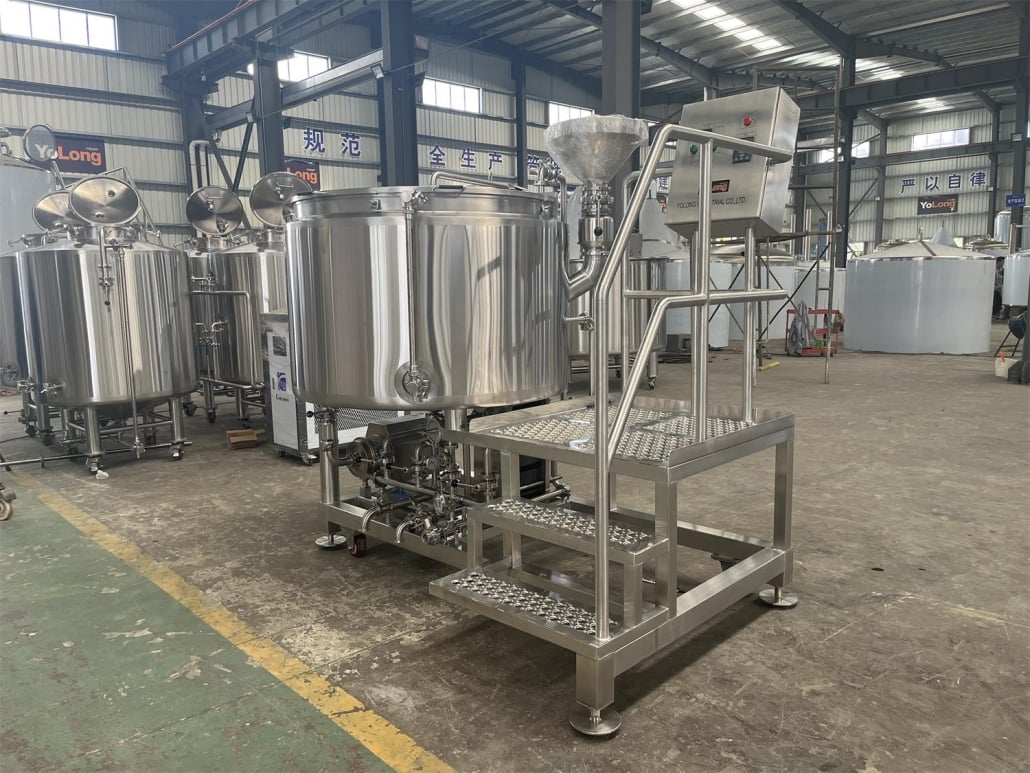
FAQs
Q: What is the best electric brewing system?
A: There is no single “best” electric brewing system, as the ideal choice depends on your individual needs, budget, and brewing preferences. Consider factors like batch size, desired level of automation, and ease of use when making your decision.
Q: How much does an electric brewing system cost?
A: Electric brewing systems range in price from around $200 to $1,500 or more. The price typically correlates with features, functionality, and build quality.
Q: Are electric brewing systems easy to use?
A: Electric brewing systems are generally easier to use compared to traditional brewing methods due to their streamlined design and user-friendly controls. However, the level of ease of use can vary depending on the specific system and its features.
Q: Can I brew good beer with an electric brewing system?
A: Absolutely! Electric brewing systems can produce high-quality beer when used correctly. Precise temperature control and consistent brewing processes can even lead to more consistent and predictable results compared to traditional methods.
Q: Where can I buy an electric brewing system?
A: Electric brewing systems can be purchased from various retailers, including online stores, homebrew shops, and specialty appliance stores.

